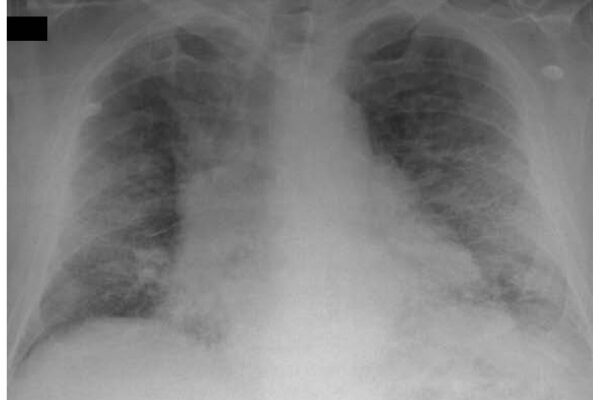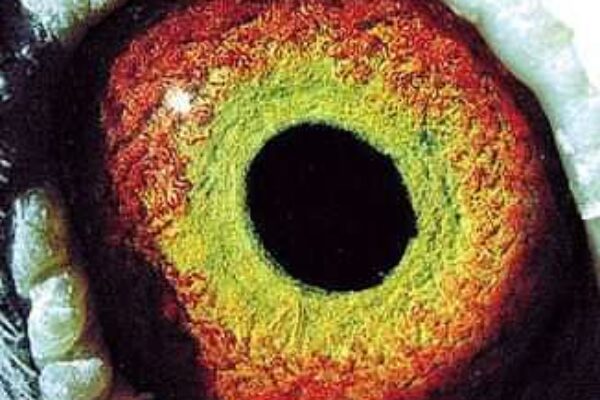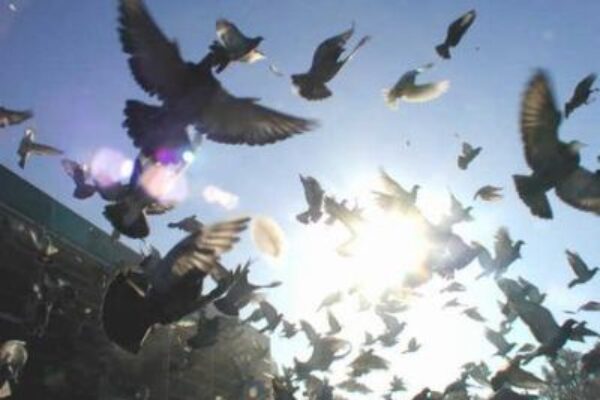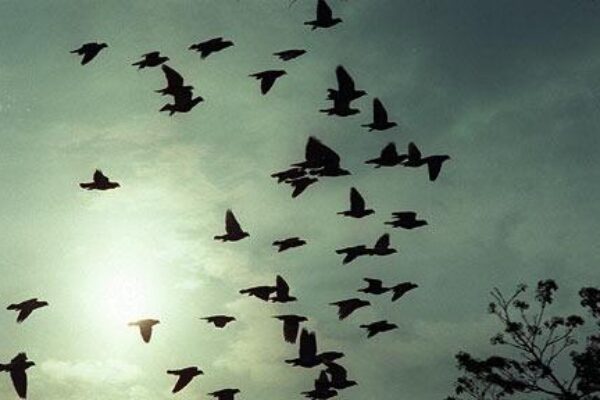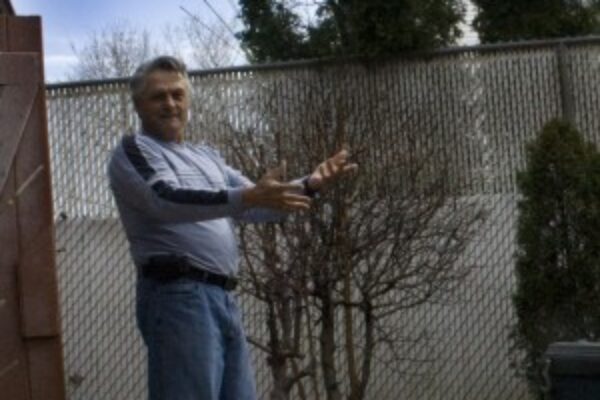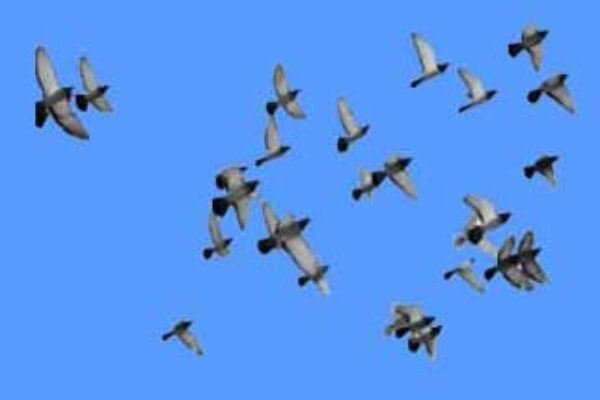Amercian Racing Pigeon Union History and Origin Part 3
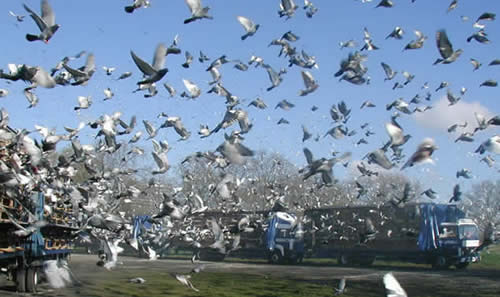 A meeting was held on August 2, 1909, in Washington, chaired by D. C. Buscall, at which an organizational committee was appointed, comprised of seven fanciers who had written articles advocating the principles of the new entity. Buscall prepared a draft of proposed rules and an organizational meeting was held in Washington on November 2nd. Thirty-four fanciers from Massachusetts, New York, Pennsylvania, Maryland, and Washington, D.C. attended. They elected McMicken as President, W. F. Dismer, Secretary-Treasurer, and D. C. Buscall, Race Secretary, of the American Racing Pigeon Union (ARPU), a name suggested by McMicken.
A meeting was held on August 2, 1909, in Washington, chaired by D. C. Buscall, at which an organizational committee was appointed, comprised of seven fanciers who had written articles advocating the principles of the new entity. Buscall prepared a draft of proposed rules and an organizational meeting was held in Washington on November 2nd. Thirty-four fanciers from Massachusetts, New York, Pennsylvania, Maryland, and Washington, D.C. attended. They elected McMicken as President, W. F. Dismer, Secretary-Treasurer, and D. C. Buscall, Race Secretary, of the American Racing Pigeon Union (ARPU), a name suggested by McMicken.
The initial rules created centers to administer local affairs and vested the control of the union in a management committee comprised of the elected officers and a member from each center. All matters of national importance and an annual election of officers were to be determined by a mail vote of the members. Dues were 50 cents.
No national diplomas were issued, but blank diplomas and certificates were sold to clubs. Diplomas were to be issued by clubs on the basis of one for each five lofts competing, and when less than five lofts, certificates were to be issued. Seventy-five percent of band proceeds were allotted in $10.00 prizes to be paid to winners of club races with velocities nearest a predetermined “sealed velocity.” National officers received no compensation, since it was expected that a majority of the administrative details would be handled by the local Center officers.
The Union was an immediate success. In its first year of operation, 1911, it sold 24,600 bands to 737 members, had a gross income of $1,233.00 and ended the year with a net worth of $55.00. The same year membership in the ARPU exceeded that of the other organization.
An important factor in both the formation and growth of the ARPU was its promotion by Charles F. Hoser, who published The Homing Exchange, and changed its name to The American Racing Pigeon News in 1911. The “News” was designated the official journal of the AU, but Hoser continued an independent editorial policy of accepting materials from all national organizations and printing constructive controversy from any source.
The founders of the Union contemplated the creation of a single unified national entity representing all homing pigeon fanciers. Amalgamation efforts continued through the years and finally during the 1920s a “Joint Committee of Nine”, with three representatives from each of the three organizations, was formed. Through the joint committee’s efforts, in 1929 a joint convention of the three organizations was held in New York.
The joint committee also worked closely with the War Department, achieved reduction in express rates, and established the Hall of Fame Awards, which were first issued in 1931 for performances in 1930. After the death of C.H. Jones the National Association lacked strong leadership and expired in the early 1930s. The joint committee was dissolved in 1932 and thereafter the ARPU and IF each established a Hall of Fame Award.
Some of the original ARPU concepts have been changed substantially as the sport has grown through the years. As membership grew, the duties of an unpaid Secretary became substantial and all administrative duties could not be delegated to Centers. Payment to the Secretary was first based on a portion of the dues, but in 1972 the Secretary began receiving a salary determined by the Board of Directors.
In 1944, a ladies auxiliary was established which has been supportive, particularly in assisting Centers’ host conventions.
The original Management Committee, comprised of national officers and a delegate from each Center, grew in size as additional Centers were formed. In 1951 the AU was incorporated with a 15-member elected advisory Board of Directors, but retained the delegate concept, although delegate duties were limited. Delegates still had an effective voice, but the group was large and at annual meetings representation was greatest from Centers located near the convention site, so the concept of representation of the members was not achieved.
The original concept of “sealed velocity” prizes became unlawful since it constituted a lottery and violated Federal laws enacted subsequent to formation of the AU. An effort was made in 1951 to replace sealed velocity with “merit prizes” taking into account distance, competition and entry. The basic elements of lottery remained, however, and the plan was abandoned.
Reorganization in 1956 replaced Center delegates with a corporate Board of Directors, now comprised of nine directors and five officers, elected by the membership.
- History and Origin of the American Racing Pigeon Union Part 1
- History and Origin of the American Racing Pigeon Union Part 2
- History and Origin of the American Racing Pigeon Union Part 3
- History and Origin of the American Racing Pigeon Union Part 4
Amercian Racing Pigeon Union History and Origin Part 3
Learn the champions secret winning pigeon racing formula! Click here to learn more

